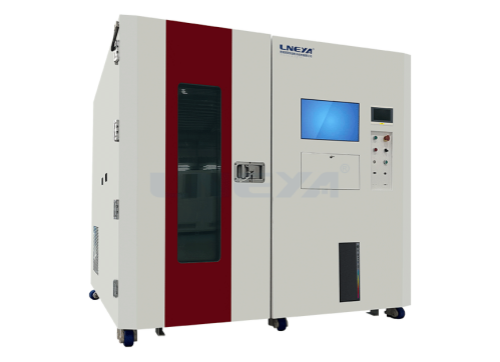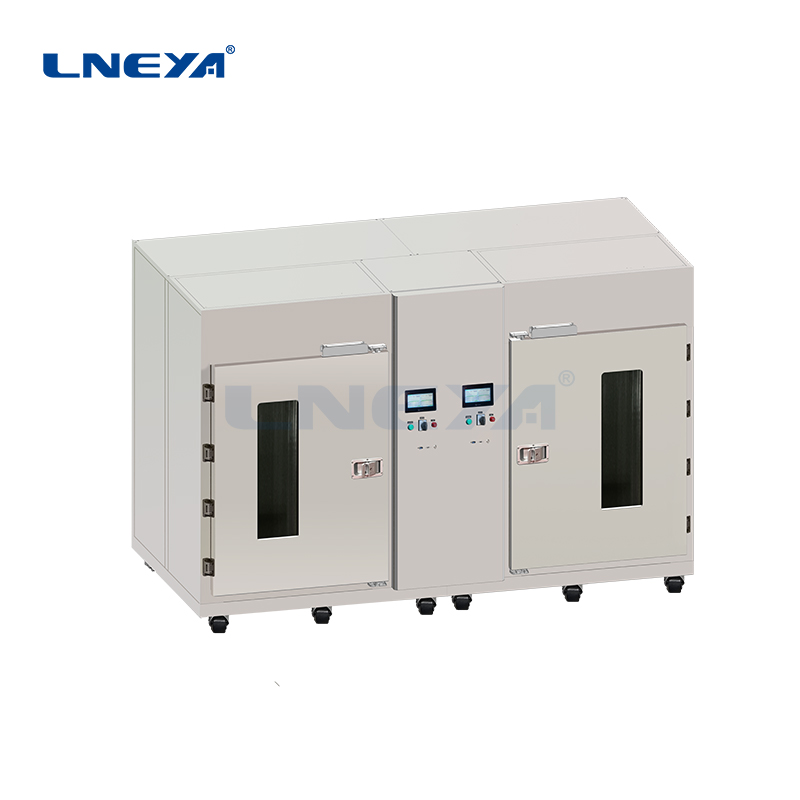What Is a Burn In Chamber

- What Is a Burn In Chamber
- Why Chip Testing Needs Semiconductor Chillers
- Semiconductor Chillers in Chip Testing
- Semiconductor Chillers in Wafer Dicing
- Semiconductor Chillers in Packaging
- How to Upgrade an Old Chiller to Improve Efficiency
- Chiller Tanks Comparison Expansion Tank vs Buffer Tank
- Expansion Tanks in Semiconductor Chillers
- 2025年8月
- 2025年7月
- 2025年6月
- 2025年5月
- 2025年3月
- 2025年2月
- 2025年1月
- 2024年12月
- 2024年11月
- 2024年10月
- 2024年9月
- 2024年8月
- 2024年7月
- 2024年6月
- 2024年5月
- 2024年4月
- 2024年3月
- 2024年2月
- 2023年9月
- 2023年7月
- 2023年6月
- 2023年5月
- 2023年1月
空冷チラー チラー チラーズ コールド・アセンブリー・フリーザー 冷却チラー 冷却暖房サーキュレーター 冷暖房システム cooling water chiller Double-Layer Glass Reactor 動的温度制御システム フッ素系液体温度制御 冷凍庫 ガス冷却チラー 暖房用サーキュレーター industrial chiller industrial cooling industrial freezer 産業用冷蔵庫 jacket reactor 液冷チラー 低温チラー news pharmaceutical chiller process chiller reactor chiller reactor cooling reactor cooling heating 原子炉加熱冷却 reactor system 冷凍サーキュレーター 冷凍チラー スクリューチラー 半導体チラー 半導体テストチラー スンディ TCU 温度調節 試験室 サーモスタット 超低温チラー 車両試験用冷凍機 ウォーターチラー 水冷チラー wtd
Every engineer knows the uneasy feeling when a product works fine on the bench but fails in the field. Sometimes it’s heat, sometimes voltage stress, sometimes it’s just time revealing flaws no test caught earlier.
That’s why burn in testing exists. It pushes electronic components through extreme and extended conditions before they ever reach the customer. At the center of this process is the burn in chamber—a tool built to expose weak links in devices long before they turn into costly failures.
What Is a Burn In Chamber?
A burn in chamber is a specialized environmental test chamber designed to run components or systems under elevated stress for extended periods. Think of it as a proving ground. Devices are powered on, loaded, and cycled through temperature extremes while engineers monitor their performance.
Instead of guessing how a part will behave after thousands of hours of service, burn in testing accelerates that aging process. It maintains stable conditions over days or weeks. It can apply heat, sometimes combined with voltage load, to simulate the harsh realities chips and boards will face in service.
In some setups, chambers integrate temperature cycling tests—switching rapidly between hot and cold zones—to stress solder joints, connectors, and fragile circuits.

Why Do Burn In Testing?
Burn in testing helps weed out “infant mortality” failures—those early-life defects that would otherwise show up in a customer’s hands.
Imagine launching a server processor or an automotive ECU without burn in testing. Even a small failure rate could mean recalls, warranty claims, and reputational damage. By stressing devices inside a burn in chamber, manufacturers catch weak units before they ever ship.
The devices that survive are statistically far more reliable in real-world operation.
Burn In Chamber Typical Applications
Burn in testing is widely used across industries. Semiconductor fabs rely on chambers to qualify chips for data centers, telecom equipment, and consumer devices. Automotive suppliers test engine control modules and safety electronics, where failure is not an option.
で aerospace and defense, chambers are used for mission-critical boards that must operate flawlessly under heat, vibration, and long duty cycles. Even medical device makers depend on burn in to prove that life-support electronics will not fail unexpectedly.
In each case, the chamber isn’t just heating parts. It’s creating controlled stress profiles that mirror how these products will live in the field—only compressed into days or weeks instead of years.
How to Choose a Burn In Chamber?
Not all chambers are equal. Choosing the right one for your lab or production line can decide whether your testing program delivers useful results or just burns electricity.


Temperature Range and Cycling Capability
The core of a burn in chamber is its ability to hit and hold temperature targets. A wide range, often from sub-zero conditions up to 150°C or higher, allows for both mild soak and aggressive stress. For boards that face outdoor use, cycling between cold and hot profiles is critical. Fast temperature transitions reveal weaknesses in materials and connections that static tests can’t.
Temperature Uniformity and Accuracy
It’s not enough for the chamber’s controller to show a setpoint. Uniform distribution inside the chamber matters. Hot spots or cold zones create inconsistent results. A well-designed burn in chamber keeps temperature differences minimal across all slots, so every device under test experiences the same environment. That repeatability is what makes test data meaningful.
Load Capacity and Cooling Performance
A chamber that holds dozens or even hundreds of boards must be able to dissipate the heat those devices generate on their own. Without strong airflow design and cooling capacity, internal temperatures drift and test results lose credibility. Matching chamber capacity to your expected test load is essential.
Automation and Integration
Modern production demands more than just heating. Advanced burn in chambers connect with automated test equipment (ATE) and factory management systems. Remote monitoring, data logging, and programmable profiles save time and cut down on operator error.
信頼性
Burn in testing runs for weeks at a time. A chamber that fails mid-cycle can set projects back and waste expensive parts. That’s why proven uptime, robust design, and responsive technical support should weigh heavily in your decision.
結論
If your team is preparing for demanding reliability testing or expanding your temperature cycling test capacity, it’s time to look closely at your burn in solutions.
LNEYA designs and delivers advanced burn in chambers built for semiconductor, automotive, and electronics manufacturers who can’t afford uncertainty.
Get in touch with our team today and see how the right chamber can raise the reliability of every product you ship.
関連冷凍機
お問い合わせ
TEL
EMAIL:
WeChat & WhatsApp:ウィーチャット

ウィーチャットQR

ご質問やお見積りをご希望の場合は、以下のフォームにご記入ください。24時間以内に担当者よりご連絡させていただきます。
 LNEYA工業用冷凍機 メーカー サプライヤー
LNEYA工業用冷凍機 メーカー サプライヤー
















